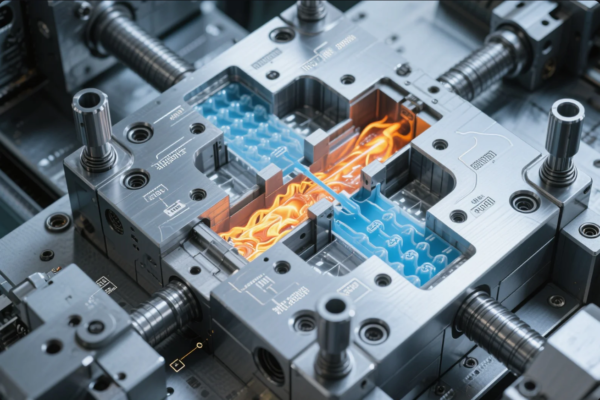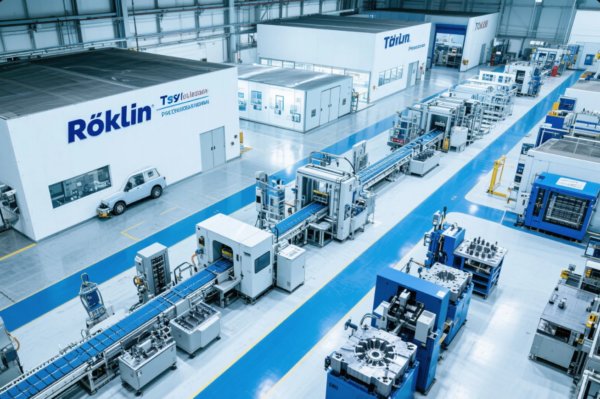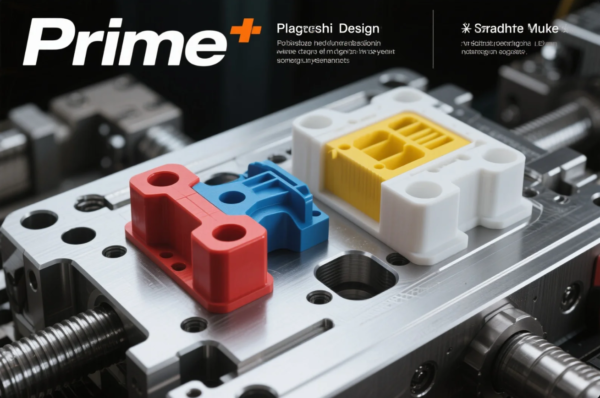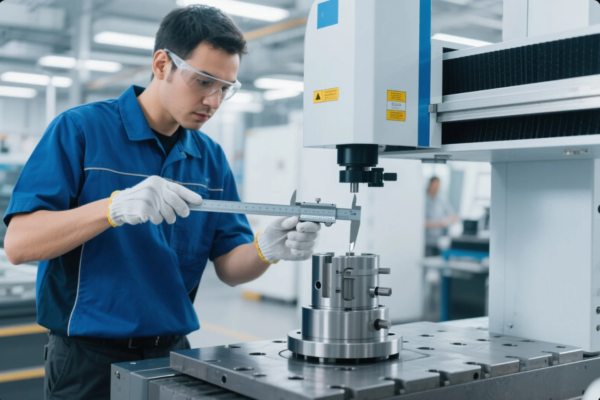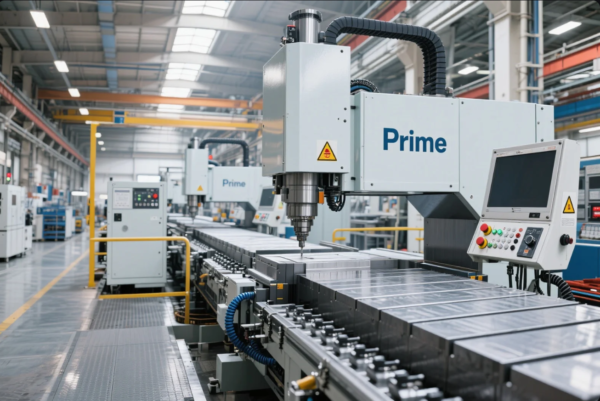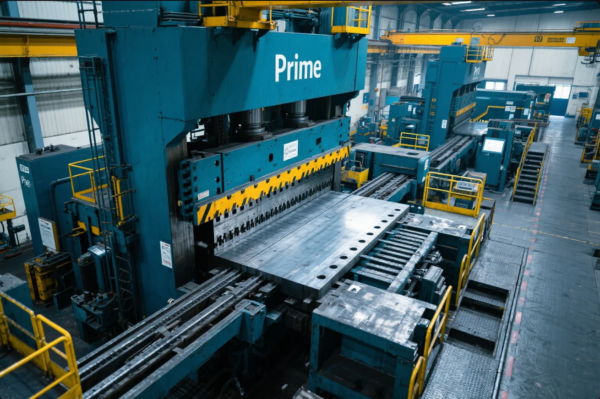What are the components of mining?
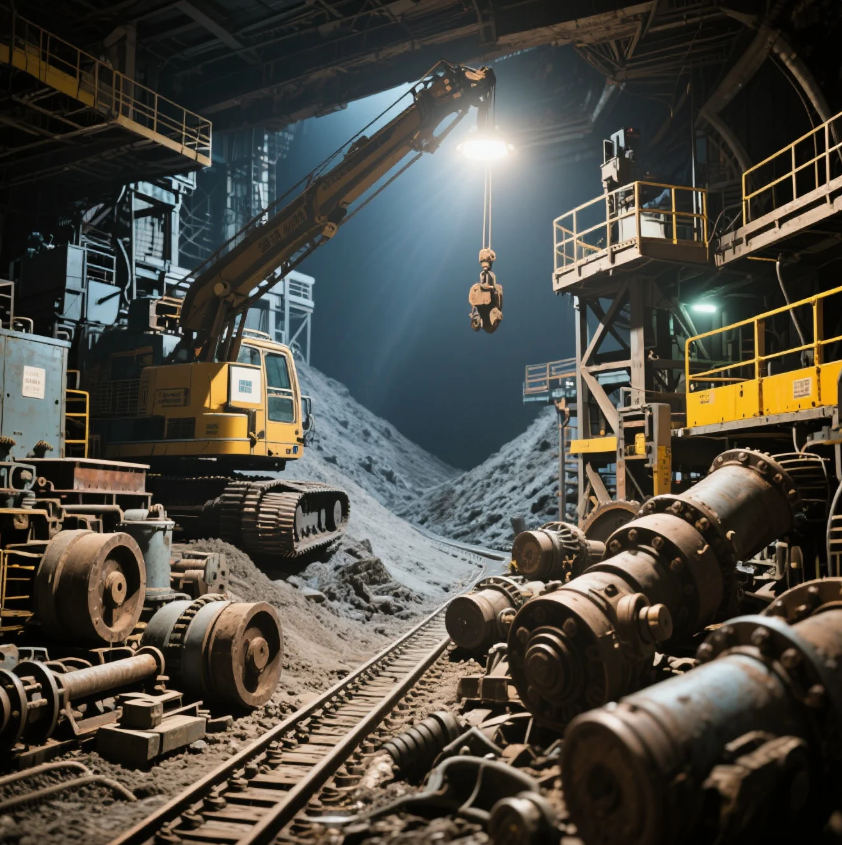
Mining is a complex industry that involves several key components, each contributing to the overall process of extracting valuable resources. Let’s explore the main components involved in mining.
Snippet paragraph: Mining is made up of various components, from the extraction process to the equipment and materials used for operation.
Transition paragraph: Keep reading to discover the core components that make up the mining process and how they work together.
What are the three major components of mining?
Mining involves three key components: the extraction of resources, the transportation of materials, and the processing of minerals. Each plays a vital role in ensuring efficient and safe mining operations.
Snippet paragraph: The three major components of mining are extraction, transportation, and processing, each crucial for successful operations.
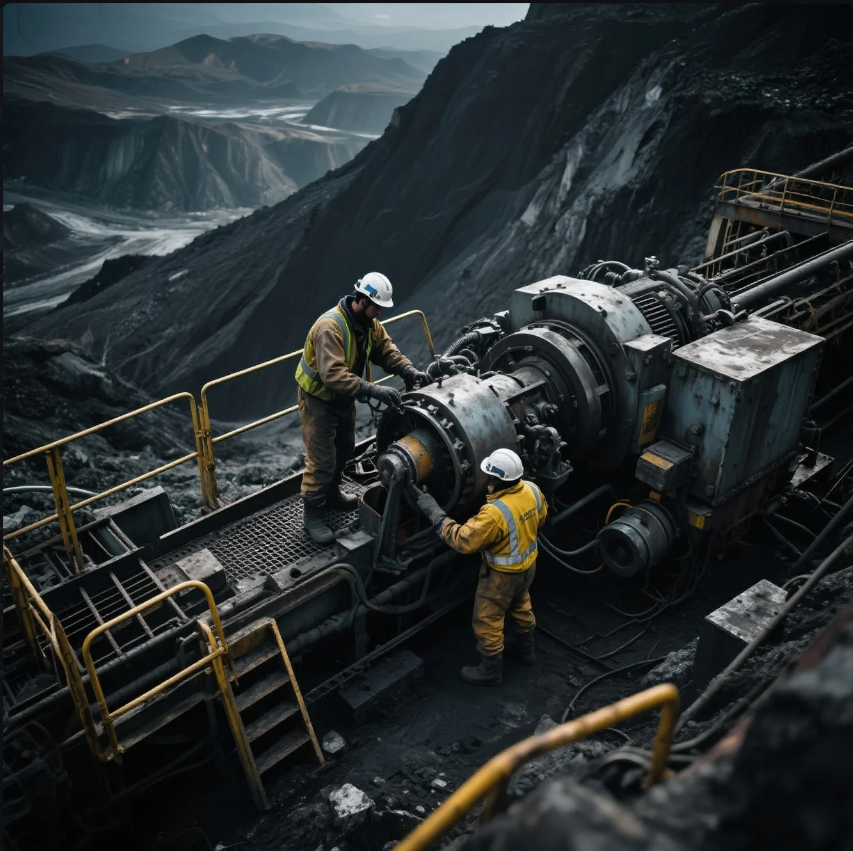
Dive-Deeper paragraph:
The three major components of mining are:
- Extraction: This is the first step in the mining process, where minerals or ores are removed from the Earth. This can be done through various methods, such as surface mining or underground mining, depending on the location and type of mineral.
- Transportation: Once extracted, the materials need to be moved to processing plants or storage areas. Transportation can be done through conveyor belts, trucks, or rail systems, depending on the scale of the operation.
- Processing: After transportation, the raw materials are processed to extract the valuable minerals or metals. This can include crushing, grinding, flotation, and smelting, depending on the type of material being mined.
These components are interconnected, with each step relying on the others to ensure that the extraction process is efficient and the resources are properly utilized.
What are the 4 main types of mining?
Mining operations vary depending on the type of material being extracted and the location of the deposit. There are four main types of mining, each with specific methods and equipment.
Snippet paragraph: The four main types of mining are surface mining, underground mining, placer mining, and mountaintop removal.
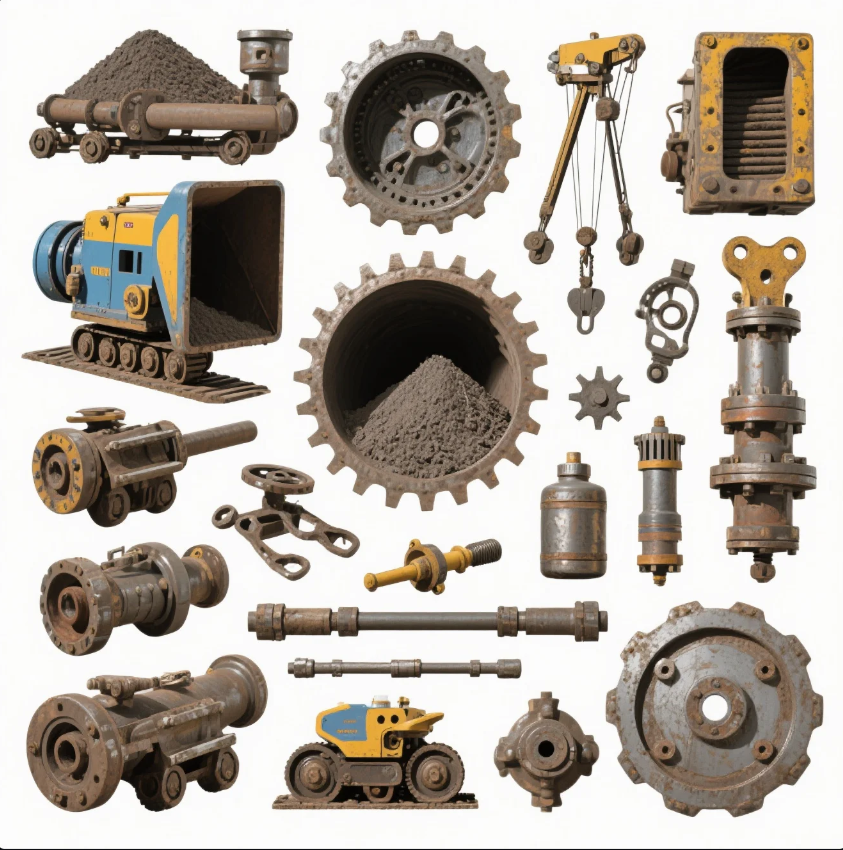
Dive-Deeper paragraph:
The four main types of mining include:
- Surface Mining: This method involves removing the Earth’s surface to access minerals. It includes techniques like strip mining, open-pit mining, and placer mining.
- Underground Mining: Used when minerals are deep beneath the Earth’s surface, underground mining involves creating tunnels or shafts to access and extract the minerals.
- Placer Mining: Typically used for extracting gold and other precious metals found in riverbeds or other alluvial deposits. It involves methods like panning and sluicing.
- Mountaintop Removal: A controversial method of surface mining where entire mountain peaks are removed to access coal seams.
Each type of mining is suited to different types of deposits, and the choice of method depends on the material being extracted and its location.
What does mining consist of?
Mining consists of a series of processes that work together to extract valuable resources from the Earth. These processes include exploration, extraction, transportation, and processing.
Snippet paragraph: Mining is made up of exploration, extraction, transportation, and processing, which are all vital to successful mining operations.
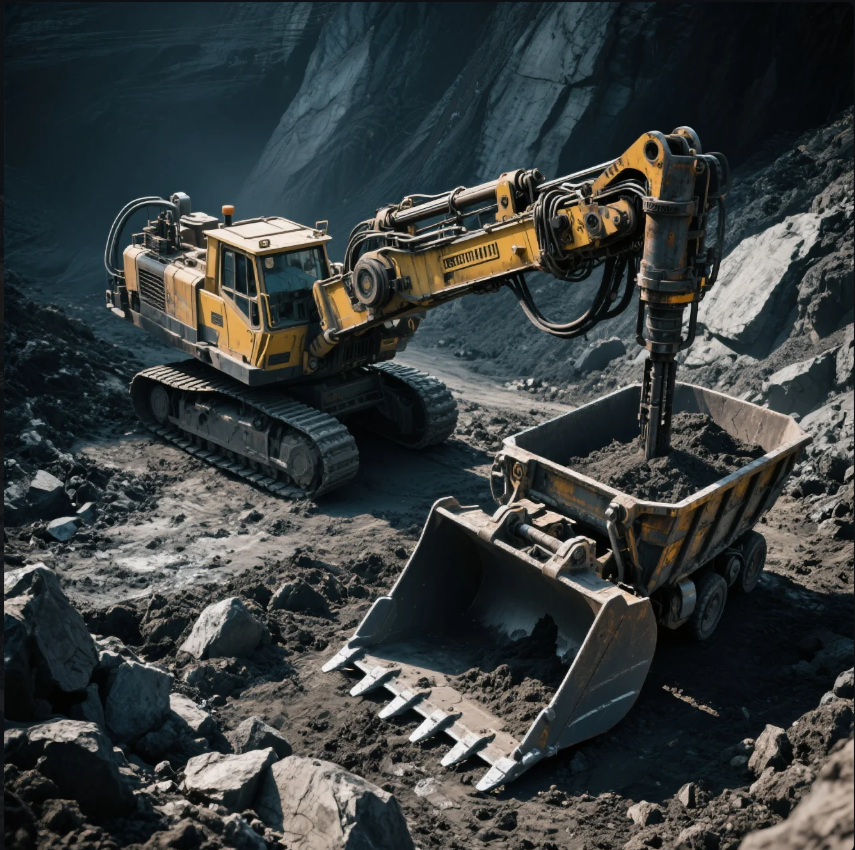
Dive-Deeper paragraph:
Mining generally consists of the following components:
- Exploration: This is the first step in mining, where geologists survey areas to find mineral deposits. This can involve drilling, mapping, and testing soil samples.
- Extraction: After a deposit is located, the next step is extracting the minerals or ores. This can be done using different mining methods, including surface or underground mining.
- Transportation: Once the material is extracted, it needs to be transported to processing facilities. This can involve trucks, conveyors, or rail systems.
- Processing: After transportation, the minerals are processed to remove impurities and extract valuable materials. This includes crushing, smelting, refining, and separating ores.
- Reclamation: Once the minerals are extracted, efforts are made to restore the land to its natural state. This includes removing any debris, planting vegetation, and ensuring that water systems are not polluted.
Each of these steps requires specialized equipment and expertise to ensure the mining process is done safely, efficiently, and sustainably.
What elements are found in mining?
Mining extracts a variety of elements and minerals from the Earth. These elements can be metals, non-metals, and industrial minerals that are essential for numerous industries.
Snippet paragraph: Mining extracts metals, non-metals, and industrial minerals, which are essential for industries like construction, energy, and electronics.
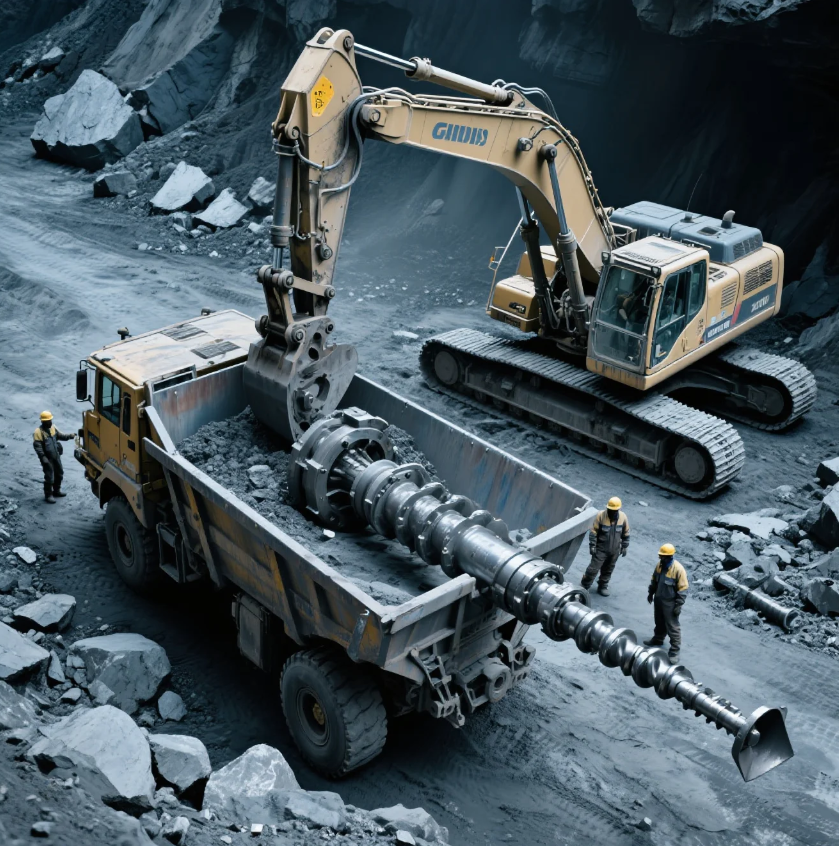
Dive-Deeper paragraph:
The elements typically found in mining include:
- Metals: These include elements like gold, silver, copper, iron, and aluminum, which are crucial for manufacturing, energy production, and construction.
- Non-metals: Mining also extracts non-metallic elements such as sulfur, phosphorus, and salt, which are essential for agriculture, chemicals, and manufacturing.
- Rare Earth Elements: These include elements like lithium, cobalt, and nickel, which are critical for electronics, batteries, and renewable energy technologies.
- Industrial Minerals: These are non-metallic minerals used in industrial processes, such as gypsum, limestone, and silica.
These elements are critical for the production of goods and services across industries, from electronics and construction to energy and manufacturing.
Conclusion
Mining consists of various components, from exploration and extraction to processing and reclamation. Each element in the process is vital for efficiently extracting valuable resources that support industries around the world.

